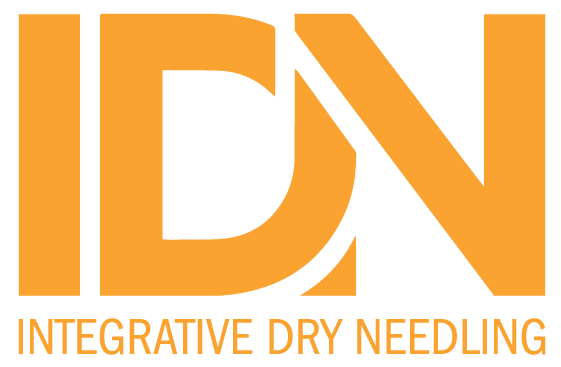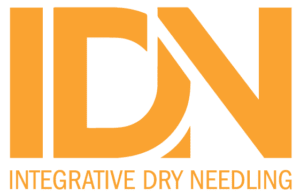Eur J Orthop Surg Traumatol. 2021 Oct 6. doi: 10.1007/s00590-021-03138-2. Online ahead of print.
ABSTRACT
PURPOSE: The aim of this study was to compare the short-term efficacy of dry needling, corticosteroids, and platelet-rich plasma application (PRP) in the management of lateral epicondylitis.
METHODS: The study included 72 patients diagnosed with lateral epicondylitis divided into three groups of 24 individuals using the sealed envelope method. Group 1 underwent dry needling, Group 2 received 40 mg methylprednisolone acetate, and Group 3 received PRP treatment. Patients were assessed using the visual analog scale (VAS) and the Disabilities of the Shoulder, Arm, and Hand (DASH) score, and Jamar grip strength before treatment and 3rd week and 3rd month.
RESULTS: At the 3rd month, the mean VAS score was 1.16 ± 0.56 in dry needling group and 0.75 ± 0.60 in corticosteroids group, showing a statistically significant difference between dry needling and corticosteroids group, and between corticosteroids and PRP group (p = 0.015 and p = 0.000, respectively). At the 3rd week and 3rd month, VAS scores decreased in each treatment modality group, showing a statistically significant difference between the groups (p 0.05). DASH scores decreased significantly from the 3rd week to the 3rd month in dry needling and corticosteroids group (p 0.05). DASH scores decreased significantly at the 3rd month for all groups (p = 0.014).
CONCLUSION: Dry needling is an effective and safe application for the short-term treatment of lateral epicondylitis.
PMID:34613469 | DOI:10.1007/s00590-021-03138-2



